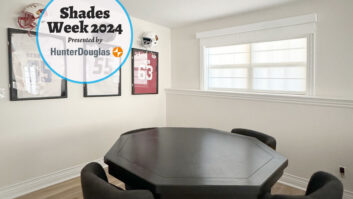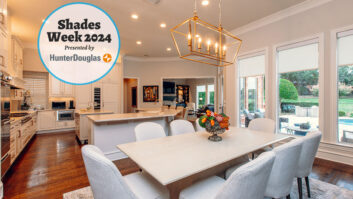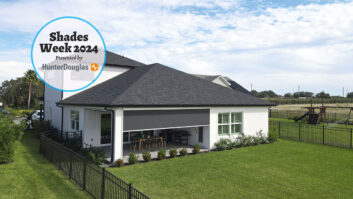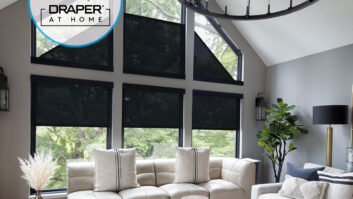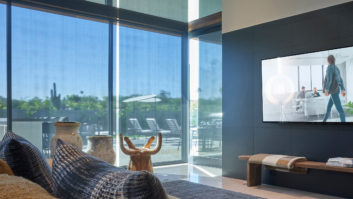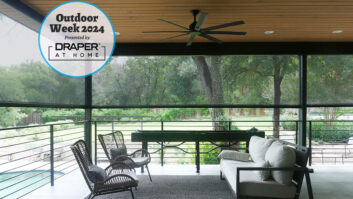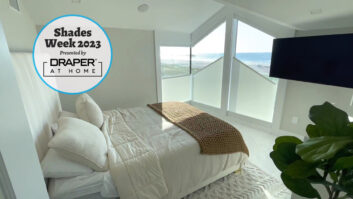
Roller shades have long been a beloved staple in home design, revered for their clean, contemporary look and simplicity. They’re also a favorite in the custom integration industry, offering a familiar form factor and adaptable design for dealers growing in the shading category.
While roller shades will always have a place in the connected home, it’s also important to recognize their limits. Advancements in shading styles and automation technology have expanded the possibilities for natural lighting control, offering benefits beyond what the basic roller can achieve.
Modern styles take on various shapes, building layers of versatile design and practical benefits. Expanding beyond the basics brings opportunities for elegant light diffusion, precise ambiance control, exceptional energy efficiency, and more to the connected home — and when integrated with automation, these benefits are achieved nearly effortlessly.
The potential of the smart shade category is fully realized when integrators can deliver the precise lighting solutions homeowners require, easily supporting their comfort, aesthetic, and energy needs. If you’re looking to maximize the potential of shading in your integration business, here are some considerations for diversifying your portfolio.
Transform Natural Lighting into Radiant Comfort
Natural lighting is commonly known to improve the ambiance of a home by bringing in a sense of vitality, openness, and energy. It often makes rooms feel brighter and more spacious. However, there are instances when excessive natural light can be overpowering, such as during hot summer days, while using screens, or when trying to sleep.
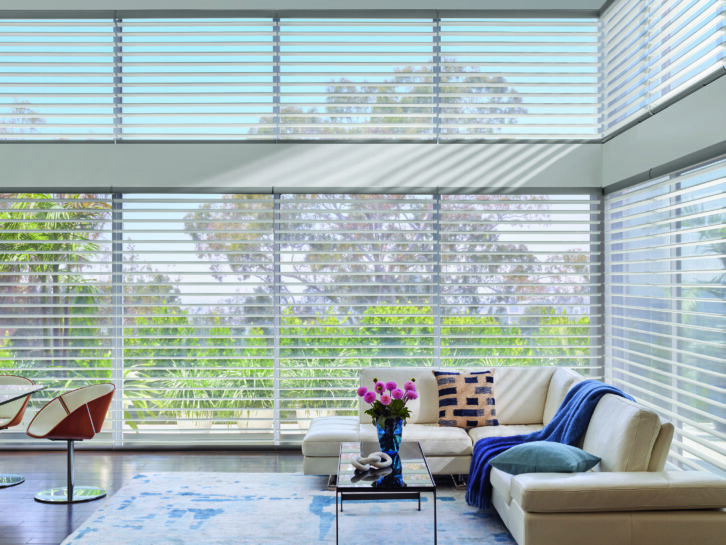
Homeowners have often turned to sheer shades to combat the challenge of natural light overload. Providing gentle light filtering with some transparency even when closed, sheers make transforming light from harsh to radiant a breeze in living rooms, kitchens, and home offices.
Innovations in sheer styles have significantly expanded their capabilities, offering multiple shapes and layers with varying light-diffusing capacities. Some sheers feature soft fabric vanes that can adjust independently from a translucent back liner, tilting to allow for fine-tuned control over light intensity and privacy. Paired with automation, these shades can adjust throughout the day based on the sun’s position, reducing glare and maximizing comfort during peak sunlight hours.
Dimming on Demand
Room-darkening shades are an excellent choice for areas where controlling light is crucial, such as bedrooms and media-viewing rooms. Known for their elegant folding patterns and timeless appeal, Roman shades are a popular option for those seeking stylish sophistication and functionality. Those designed with room-darkening fabrics can help create an environment conducive to sleep or an immersive entertainment experience.

For benefits beyond darkness, another popular style for room darkening is the honeycomb shade. With a unique cellular structure that provides superior insulation, honeycomb shades help regulate indoor temperatures and reduce light penetration. This makes them a practical choice for spaces where energy efficiency and comfort are priorities, such as living rooms and bedrooms. Some styles are even eligible for energy tax credit incentives, with insulation efficiency high enough to offer up to 15% annual savings on energy bills. Whether for enhancing sleep quality, improving media viewing experiences, insulating high-UV areas, or adding a touch of elegant design to spaces, these shades are a versatile and valuable addition to any home.
Embracing Day-to-Day Versatility
Offering multi-layer shades can be a game-changer for homes with high variability of natural lighting. One way that shades can give more granular adjustment for incoming light is with dual-layer shades. Featuring liners that can operate in tandem with or separate from the front shade, liners offer custom levels of light-diffusing, distribution, and dimming while preserving view-through ability.
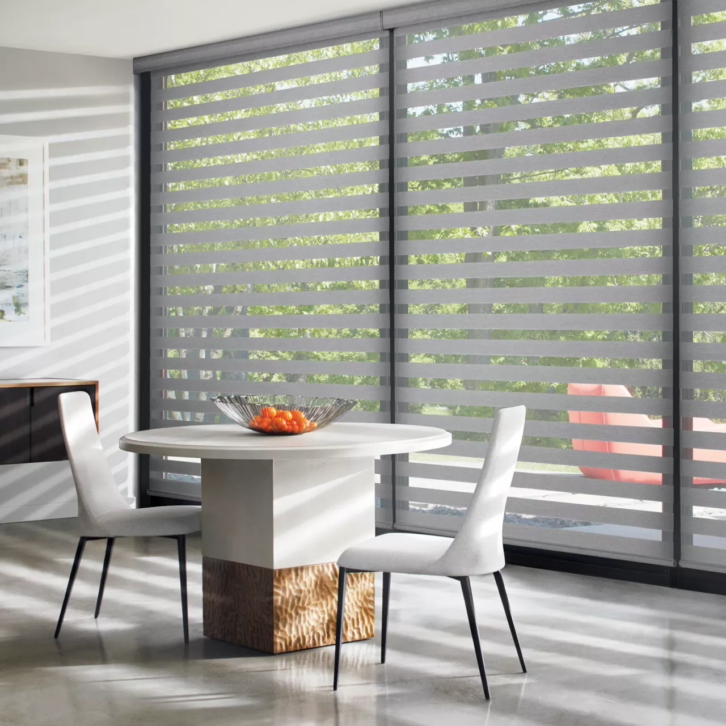
One unique modern style that leverages a liner is the banded shade. These feature alternating sheer and solid fabric bands in a unique layer formation. These shades can be adjusted to allow varying levels of light and privacy. When the sheer and solid bands are aligned, they let in natural light, creating a bright and inviting atmosphere. Conversely, when the bands overlap, they offer enhanced privacy and greater control over light entering the room. This dual functionality makes layered shades ideal for spaces like living rooms and dining areas, where practicality is both essential and evolving.
With their sleek, contemporary design and adaptability, layered shades not only enhance a space’s visual appeal but also provide integrators with a versatile tool to address a variety of lighting and privacy preferences.
Incorporating Shade Diversity into Your Lighting Strategy
While roller shades have clear potential in the home, they also represent a small fraction of what automated shades can achieve. As homeowners increasingly crave the precise functionality of smart shading, integrators should incorporate modern shades into their portfolio to offer functionalities that defy basic expectations.
By building on existing smart home systems with shades, integrators can design dynamic environments that respond to their clients’ needs, whether adjusting shades for optimal lighting conditions or setting scenes that effortlessly maximize comfort. Integrators should encourage clients to look beyond the face value of shading, exploring how custom styles can help them achieve the perfect ambiance in every corner of their home.
